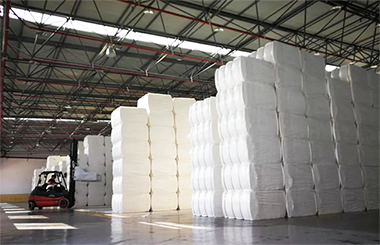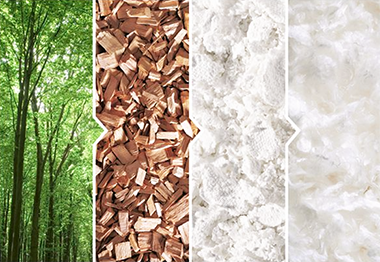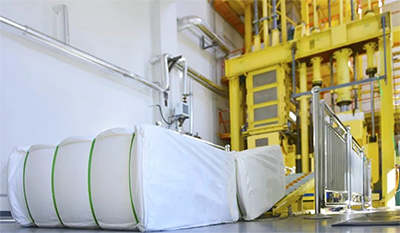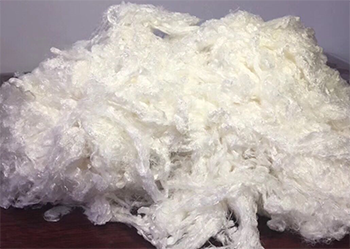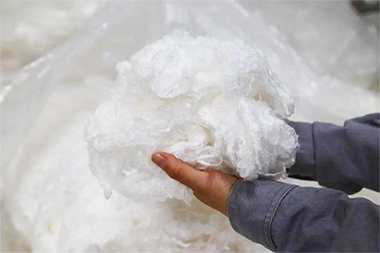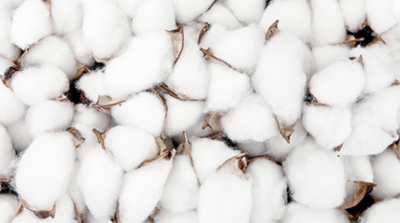Differential Fiber
The term differential fiber comes from Japan, which refers to the conventional varieties of chemical fiber with innovation or a certain characteristic of chemical fiber. The differential fiber is mainly used to improve the wear performance of the fabric, which is mainly used in clothing and decorative fabrics. The use of this fiber can improve production efficiency, shorten the production process, and can save energy, reduce pollution, increase new textile products.
Differential fiber is mainly produced by chemical modification or physical deformation of chemical fiber, which includes modification in polymerization and spinning process and deformation in spinning, drawing and deformation process.
Introduction to common differential fibers
1. Profiled fiber refers to the chemical fiber with special cross-sectional shape spun by profiled spinneret holes.
Special-shaped fiber has special luster, bulk, stain resistance and pilling resistance, which can improve the elasticity and covering property of the fiber. Such as triangular fibers have flash, pentagonal fibers have a significant sense of hair and good resistance to pilling, five-leaf complex silk resembles silk, hollow fiber relative density is small, warm, feel good.
2. Microfibers Microfibers are those with a fiber diameter of less than 5μm or 0.44dtex. Microfiber has the characteristics of soft texture, smooth, good holding, soft luster, etc. The fabric with it is very fine, good warmth, and has a unique color, and it can also be made into a cashmere style fabric. Microfibers are mainly used in the manufacture of silk fabrics, velvets, high-efficiency filtration materials and synthetic leather for footwear and clothing.
3. Composite fiber Composite fiber is a chemical fiber made of two or more polymers, or the same polymer with different molecular weights by composite spinning. It can be roughly divided into parallel type, skin core type, spread type and so on.
Juxtaposed composite fibers consist of two polymers distributed radially along the cross section of the fibers. The skin and core layer of the skin core composite fiber are polymer, which can be divided into concentric circle and eccentric circle. Dispersive composite fibers are fibers that consist of one component dispersed in the matrix of another component in a micro-textile fashion.
The juxtaposition and partial core core composite fibers have three-dimensional crimp, high volume fluffiness, extensibility and covering ability. The composite fiber with the same core structure can make use of the different components of the core, so that the fiber has the characteristics of close-up. Dispersive composite fiber can be spun into microfiber, hollow fiber and so on.
Composite fibers can be used to manufacture wool fabrics, silk fabrics, artificial suede, waterproof and wet-permeable fabrics, dust-free clothing and special filtration materials.
There are many varieties of differential fibers, in addition to the above, there are colored fibers, high shrinkage fibers, high moisture absorption, high water absorption fibers, antistatic and conductive fibers and flame retardant fibers.
Related News
Submitted successfully
We will contact you as soon as possible
